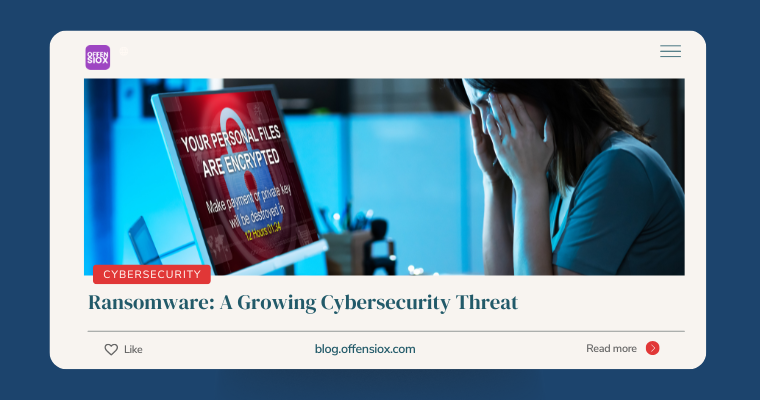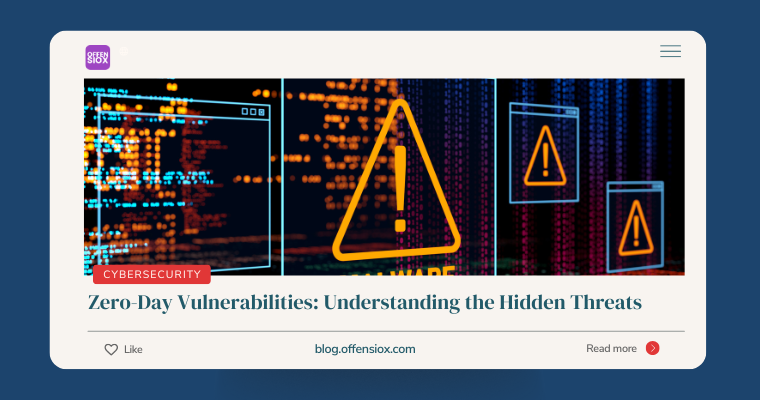2 min to read
Ransomware: A Growing Cybersecurity Threat
How to Protect Your Business from Costly Attacks

Ransomware attacks are one of the most destructive types of cyberattacks facing businesses today. These attacks can cripple organizations by encrypting critical data and holding it hostage until a ransom is paid, typically in cryptocurrency.
How Ransomware Works
Ransomware usually spreads through phishing emails or malicious downloads that install malware on a user’s system. Once activated, the ransomware quickly locks down files, databases, and even entire systems. The victim is then presented with a ransom note demanding payment in exchange for the decryption key.
Common forms of ransomware include:
- Crypto Ransomware: Encrypts files and demands a ransom for decryption.
- Locker Ransomware: Locks the victim out of their system entirely, making it unusable until the ransom is paid.
Notable Ransomware Attacks
- WannaCry (2017): A worldwide ransomware attack that infected more than 230,000 computers in over 150 countries, exploiting the EternalBlue vulnerability in Windows. The attackers demanded Bitcoin payments in exchange for decrypting the files.
- Ryuk (2018-Present): This ongoing ransomware operation specifically targets large organizations and government institutions, demanding payments that often range in the millions.
Protecting Against Ransomware
While no defense is foolproof, following these best practices can significantly reduce the likelihood of a ransomware infection:
- Regular Backups: Back up your data frequently and store copies in offline, secure locations. This ensures you can recover your data without paying a ransom.
- Security Awareness Training: Educate employees on how to recognize phishing emails, one of the primary methods ransomware uses to infiltrate systems.
- Email Filtering: Implement email security solutions that block malicious attachments and suspicious links before they reach your inbox.
- Patch Management: Regularly update your software and systems to protect against known vulnerabilities.
What to Do If You’re Hit by Ransomware
If your organization is affected by ransomware, you should:
- Isolate infected systems: Disconnect the compromised device from the network to prevent the malware from spreading.
- Do not pay the ransom: Paying the ransom doesn’t guarantee that you’ll get your data back. It also encourages cybercriminals to continue their activities.
- Contact law enforcement: Report the attack to local authorities and seek assistance from cybersecurity professionals.


Comments